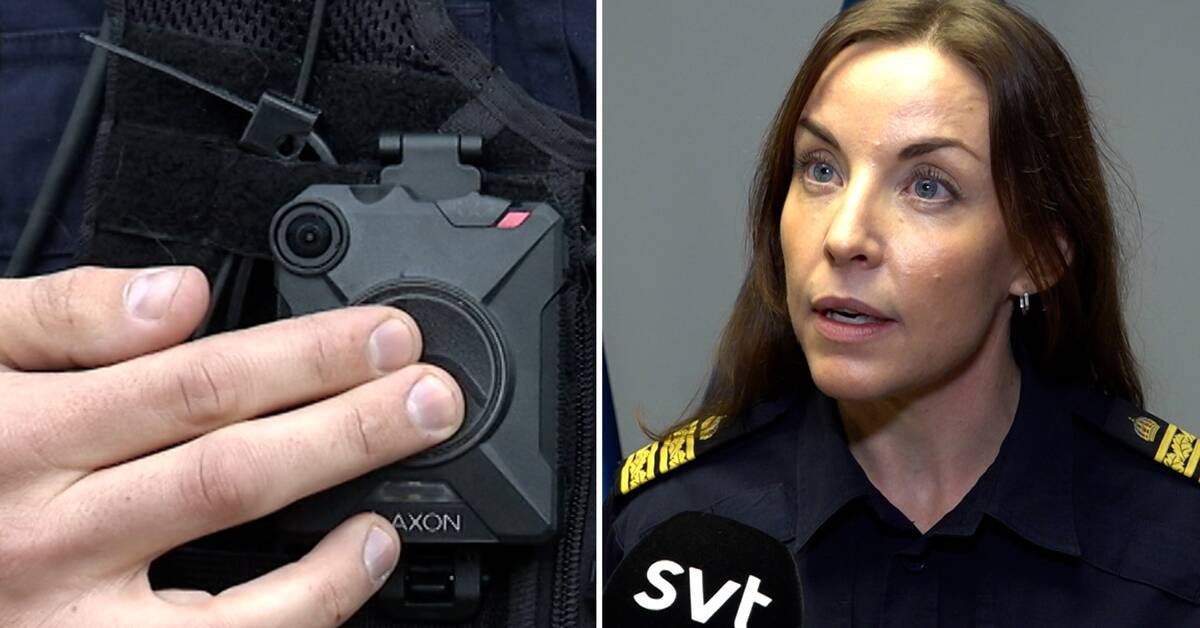From December this year, the police officers the public will encounter will look a little different.
As part of the equipment, all uniformed officers on external duty, but also some in plainclothes, will wear cameras that can be switched on when needed.
Sofia Holmqvist, who is deputy head of the Investigation Unit at Noa, refers to studies that have shown that the cameras have both a dampening and crime-preventing effect.
- Already in 2018, we started various tests and pilot activities and studies from these show good results, we see that our police officers feel safe in their work and that they are helped by the cameras and that is one of the reasons why we are making this investment, she says.
Up to the police
According to Sofia Holmqvist, digital evidence is central to the police being able to prosecute more suspected criminals.
- It is about building strong and robust preliminary investigations.
When we look at the events connected to the Easter riots, we currently have more than a hundred years in prison sentenced and the basis for that is largely the technical evidence, she says and mentions, among other things, images from the police's body-worn cameras.
Is there a risk that the privacy of the public who may end up on the footage is violated?
- It's not like we're casually filming, but it's up to the policeman carrying the camera to judge when to film and that's in situations where we're met with violence or threats or can see an escalation that needs to be quelled.
Promote objectivity
A policeman in his 30s was sentenced on Monday for causing the death of another after a police intervention on Lidingö last year.
If the police's body-worn cameras can lead to more such sentences, Sofia Holmqvist does not want to speculate, but says:
- The events that take place in connection with our interventions are filmed so that we can make correct assessments afterwards.
We are positive about filming to create objectivity.

